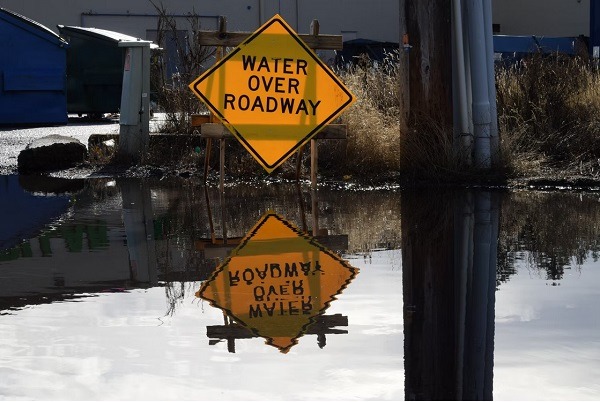Statistics show that about 14.6 million homes in the USA are at risk of flooding, while 98% of basements experience water damage. Even though not many people treat it with the seriousness it deserves, they should. A flooded basement is dangerous in many ways, and it may cause mold formation, electrocution, or property damage. There are several reasons behind an emergency basement flooding, including seepage through walls, storm sewer backup or damage to the water supply line, hot water tank, and sump pump failure. What should you do in such situations, and how can restoration experts help you?
Causes of Flood Basement
As explained earlier, a flooded basement can occur anytime, without prior warning. Most basements are flooded during heavy rains or storms but can also happen because of rapid snow melts during the spring season.
Sump Pump Failure
A heavy downpour might cause the failure of the sump pump, whose job is to extract water from the sump pit. However, improper pump maintenance or a malfunction might cause the groundwater to flood the basement through the sump pit.
Drainage Issues
Flooding may happen during the summers because of a failed or blocked sanitary lateral and foundation drainage failure. Floods during monsoons or storms occur because of overland flooding and foundation drainage failure issues, including seepage, weeping tile failure, and sump pump failure.
Sewer Backup
A sewer backup, in which the sewer system is filled with excess water and flows back through the drains, is another cause behind the flooding of basements.
Why Should You Call Professionals During Flooded Basements?
Even though it’s tempting to wade inside the water and try to clean the basement yourself using do-it-yourself (DIY) methods, it’s better to resist the urge to do so. Most emergency flood specialists are unanimous that entering a water-filled basement is extremely dangerous. Even if it’s just one or two inches of water, the danger of electrocution is quite severe. You might not have the adequate gear and equipment required to recover your belongings safely and may injure yourself.
What If You Have to Enter the Basement?
If it’s an emergency, you must go in only after calling the specialists and wearing protective gear, including eye goggles, protective clothing, waterproof boots, and a properly fitted respirator. But before that, it would be wise to call your electrician, who will check for damaged wires and identify any potentially hazardous issues. Even if you know how to disconnect electricity, it is advisable to leave the electrician to do that safely.
How Can Flood Specialists Help You?
Assess the Situation
After arriving, they will assess the situation and try to find the source of the flooding immediately. If you haven’t called the electrician (which you should have done), they will call them and ask them to disconnect the electricity. Simultaneously, they will assist you with the insurance and claims process while guiding you with the paperwork and explaining the extent of the damage to the adjuster.
Begin Restoration Work
After that is done, they might begin the restoration work immediately, one of
which is removing the excess water using dehumidifiers and truck-mounted water extraction equipment. The professionals may also remove baseboards, sheetrock, and insulation, which may get damaged by the water. They will use high-tech air scrubbers and other similar items to dry your floor, furniture, and other materials. The specialists would also disinfect the basement and get rid of harmful odors if a sewage overflow has caused a leakage.
Finishing Services
Lastly, the professionals will carry out finishing services like demolition and rebuilding of the areas required to remove mildew using high-efficiency equipment, including HEPA (high-efficiency particulate air scrubbers), and complete it with a cleanup.
If there’s an emergency basement flooding, it’s wise to call the flood specialists immediately. They will ensure the proper extraction of water, recovering items, identifying the source of the problem, removing mold, and dry the basement thoroughly to prevent foul odor, mold, or structural issues.

